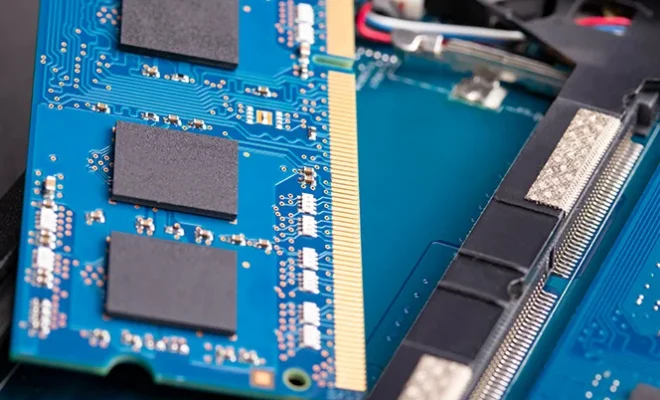How to Install RAM in Your PC, Step-by-Step

Adding more RAM to your computer is one of the easiest and most cost-effective ways to boost its performance. Installing RAM is a simple process that can be done in a matter of minutes, even if you have no technical expertise. In this step-by-step guide, we’ll walk you through the process of installing RAM in your PC.
Step 1: Check the compatibility
Before you buy a new RAM, check the compatibility with your PC. Make sure your motherboard supports the type and speed of RAM you are planning to install. You can find this information in the manual of your motherboard or on the manufacturer’s website.
Step 2: Power off your PC
Before you begin, make sure your PC is powered off, unplugged and grounded. This is important to prevent any static electricity from damaging the sensitive components of your system.
Step 3: Access the RAM slot
The RAM slot is located on the motherboard. Open your computer’s case to access the RAM slot. First, remove the screws holding the case in place. Then, gently lift off the case cover to reveal the internal parts of your computer.
Step 4: Locate the RAM slots
The RAM slots are long, thin slots located near the center of the motherboard. You should see two or four of these slots, depending on your motherboard.
Step 5: Remove the old RAM
If you are replacing the existing RAM, remove the old memory modules. To do this, press down on the tabs located on either side of the memory module to release it. This will cause the memory module to pop up on an angle, and then you can gently remove it from the slot.
Step 6: Insert the new RAM
Take the new memory module and align it with the slot, making sure that the notch on the bottom of the module matches with the notch in the slot. Press down on each side of the module until you hear a click. This indicates that the memory module has been securely attached.
Step 7: Power on your PC
Once you have inserted the new RAM, carefully close up your computer and power it on. Check to make sure that your system recognizes the new memory. To do this, go to your operating system’s settings and find the system information. Check whether the RAM is detected correctly in the memory section.






